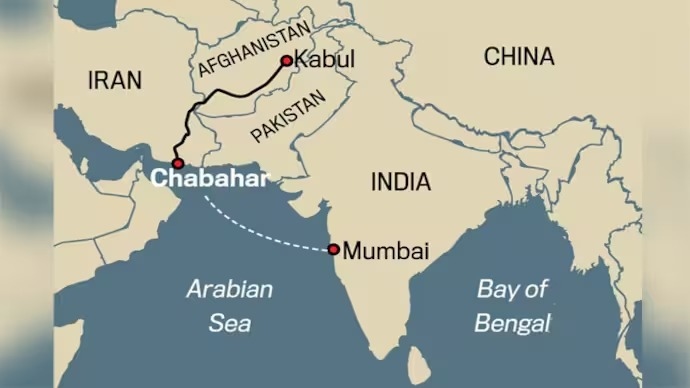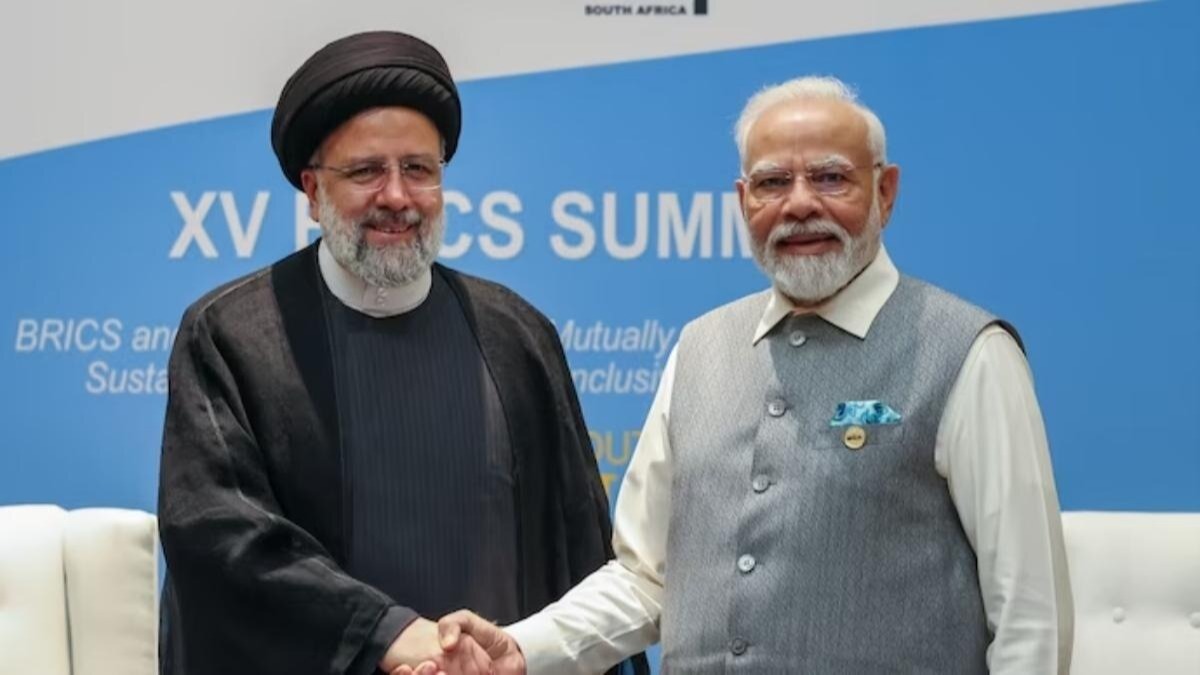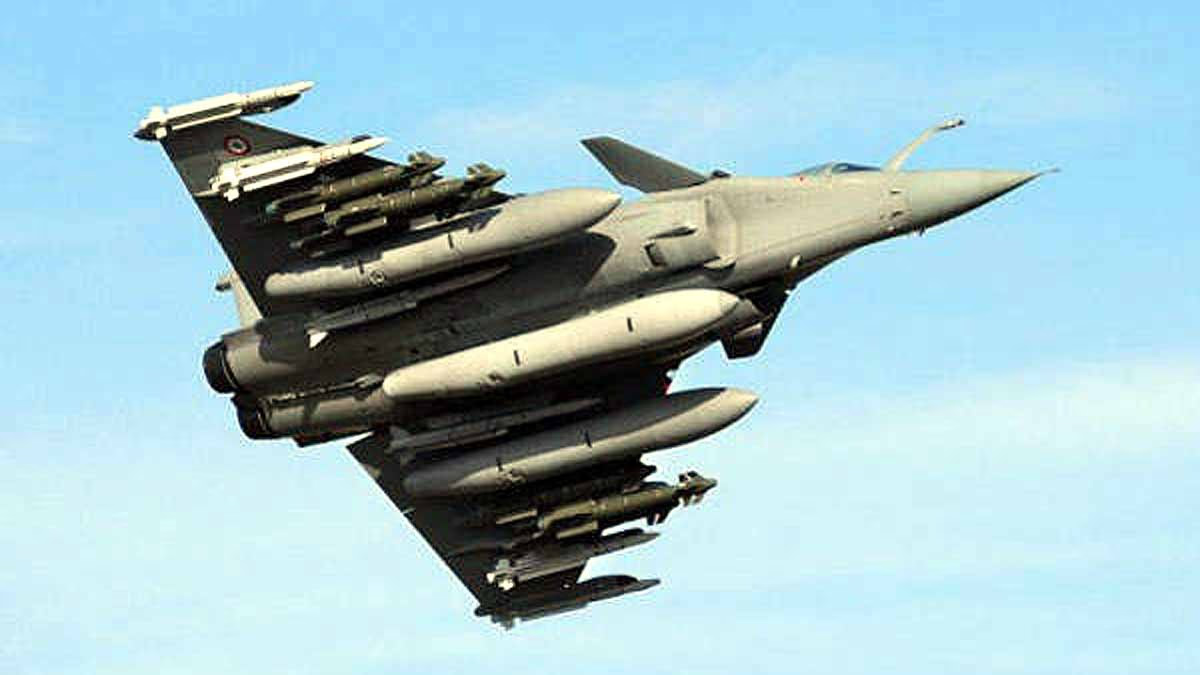India and Iran have sealed a momentous pact. This agreement centers around the strategic Chabahar Port. As per the deal, India will manage the port operations of Chabahar for the next ten years. Minister Sarbananda Sonowal has shared details of the arrangement.
Minister Sarbananda Sonowal disclosed that India will develop and operate the Chabahar Port for a decade. He termed the agreement as a pivotal moment for India-Iran ties and regional connectivity.
Essentially, this means that India will helm the Chabahar Port operations for ten years. It marks the first time that India takes charge of a foreign port's responsibilities.
Analysts view this deal as a potent rejoinder to both Pakistan and China. So, let's delve into the significance of this agreement and how it sends a message to these neighboring countries.
How pivotal is this agreement?
Chabahar features two ports: Shahid Kalantari and Shahid Beheshti. Shipping Ministry's India Ports Global manages the latter's operations.
India has previously supervised port activities, although under short-term agreements that required periodic renewal. But now, a long-term 10-year pact has been secured.
India and Iran have long been in discussions over a long-term agreement, facing delays due to various reasons, including a temporary strain in relations and American sanctions on Iran.
It is reported that under this deal, India Ports Global will invest around $120 million in the Chabahar port.
India is developing part of the Chabahar Port to facilitate shipment to Iran, Afghanistan, and Central Asian nations. The new deal enables bypassing Pakistan's Karachi and Gwadar ports, carving a commercial route through Iran between South Asia and Central Asia.
Why is Chabahar Port critical?
Dating back to 2003, Iran's then-President Syed Mohammad Khatami's visit to India saw the signing of significant agreements, including the Chabahar project, involving the construction of two separate ports. It is believed that India is investing in the Shahid Beheshti port.
The strategic location of Chabahar Port, on Iran's southeastern coast abutting Pakistan's border and near Pakistan's developing Gwadar Port, spikes its significance. With China initiating the Belt and Road Initiative, developing the Gwadar Port enhanced the imperative role of Chabahar.
In May 2016, Indian Prime Minister Narendra Modi's Iran visit led to announcing India's committed expenditure of $550 million on Chabahar Port.

Source: aajtak
India's progress so far?
Chabahar Port is a vital access point for India to reach Iran and Afghanistan. On one hand, the port can aid Iran in mitigating the effects of U.S. sanctions, while on the other, it can reduce Afghanistan's dependence on Pakistan for access to the Indian Ocean.
In 2016, India, Iran, and Afghanistan agreed to an international trade corridor encompassing Chabahar. India accelerated Shahid Beheshti port development subsequently.
The first phase of Shahid Beheshti was completed in December 2017, from which India sent its first wheat consignment to Afghanistan. In 2019, Afghanistan exported goods to India via Chabahar for the first time.
The Shahid Beheshti Port work is to be completed in four phases, ultimately enabling a capacity of 82 million tons annually. A cruise terminal has also been launched, increasing the port's capability.
Response to China and Pakistan?
India's interest in the burgeoning Chabahar Port is seen as a counterbalance to China's and Pakistan's endeavors. With China present in Gwadar, India's involvement in Chabahar is strategically beneficial.
China is constructing the Gwadar Port in Pakistan, situated about 400 kilometers via road from Chabahar, and approximately 100 kilometers by sea.
Furthermore, Chabahar will be integrated into the International North-South Transport Corridor (INSTC), a 7,200 kilometer long network of ship, rail, and road that will connect India, Iran, Afghanistan, Armenia, Azerbaijan, Russia, Central Asia, and Europe, facilitating India's reach to Europe and Russia.
Significantly, this port will enable India to circumvent Pakistan, allowing direct access to Iran and Central Asia.




